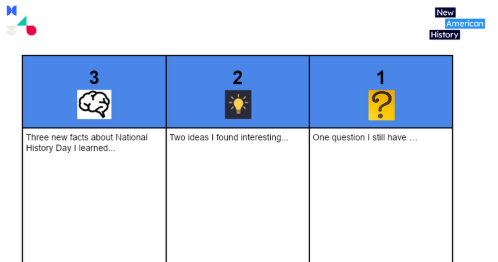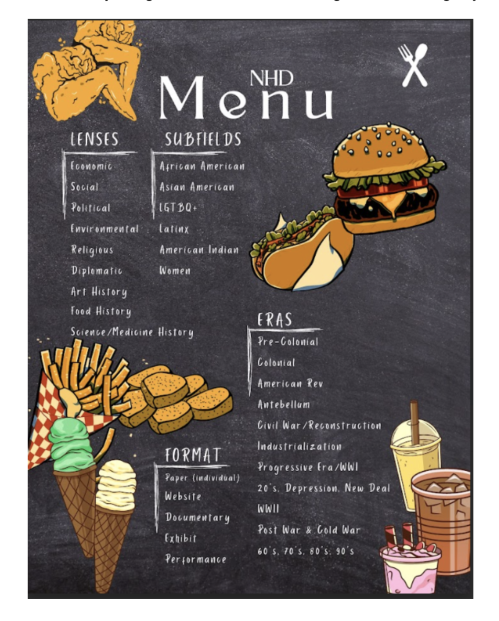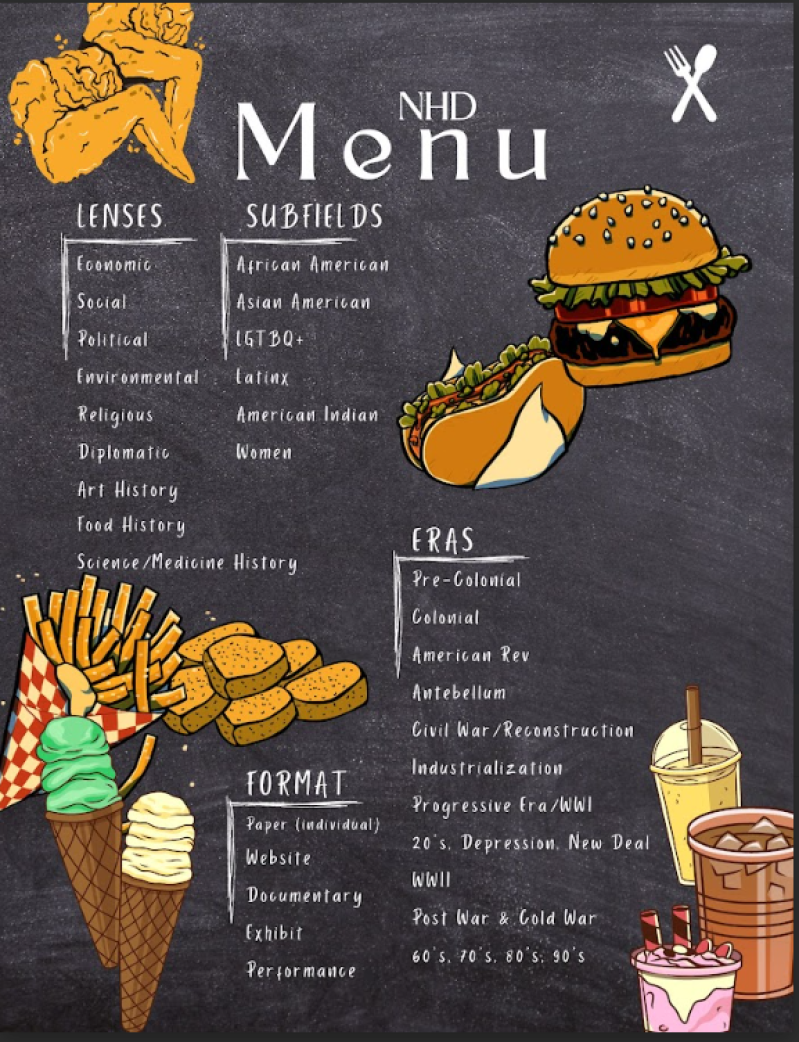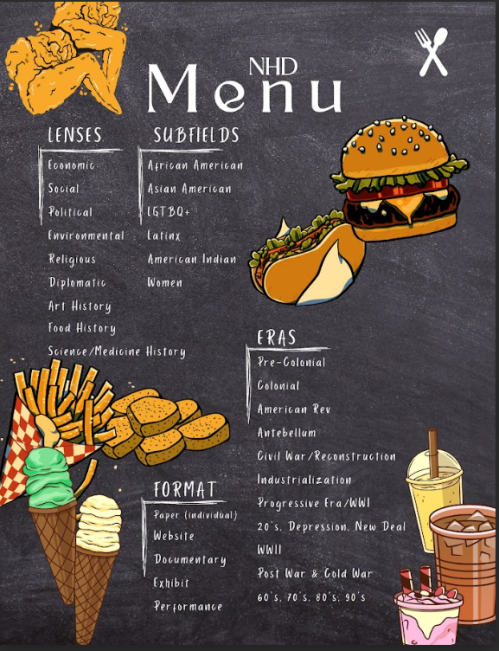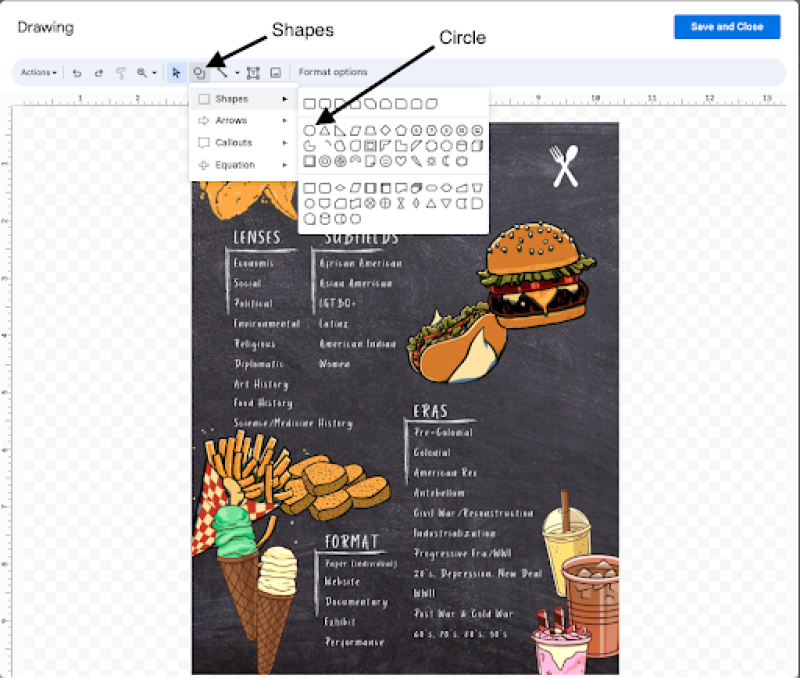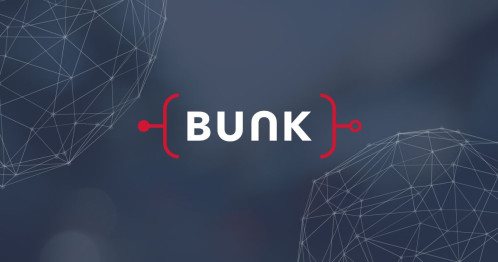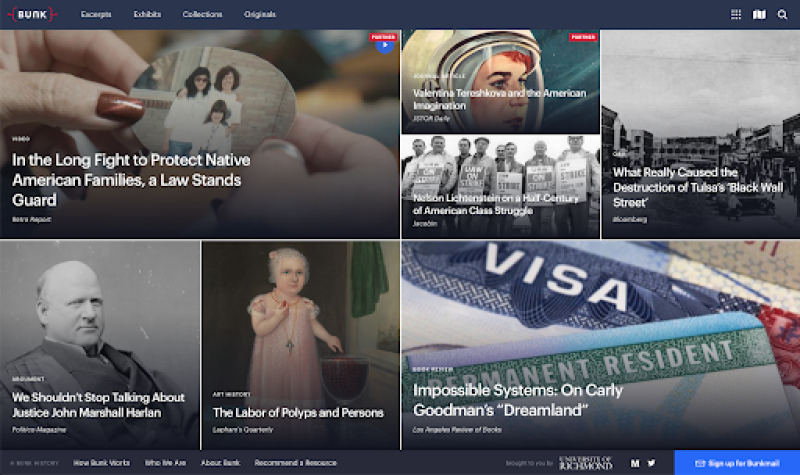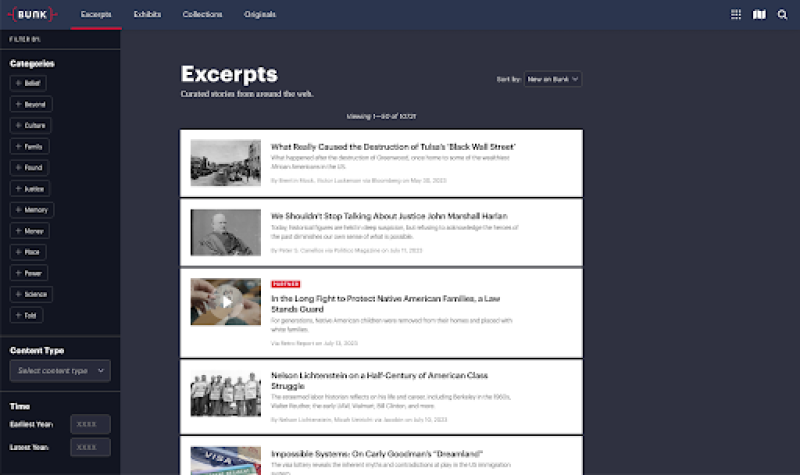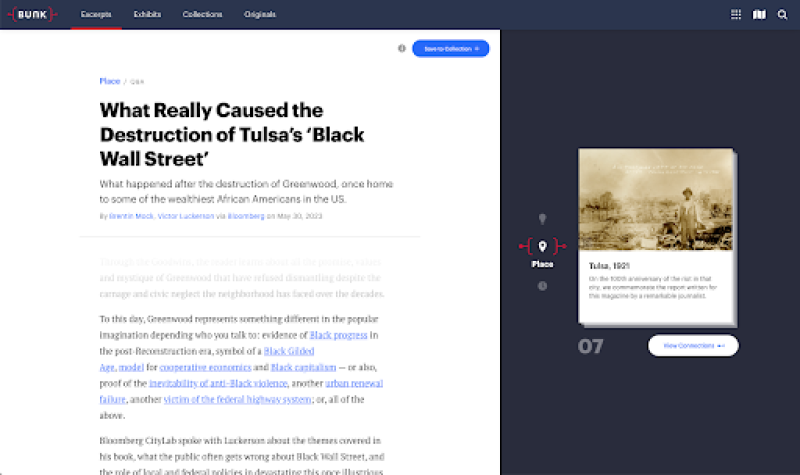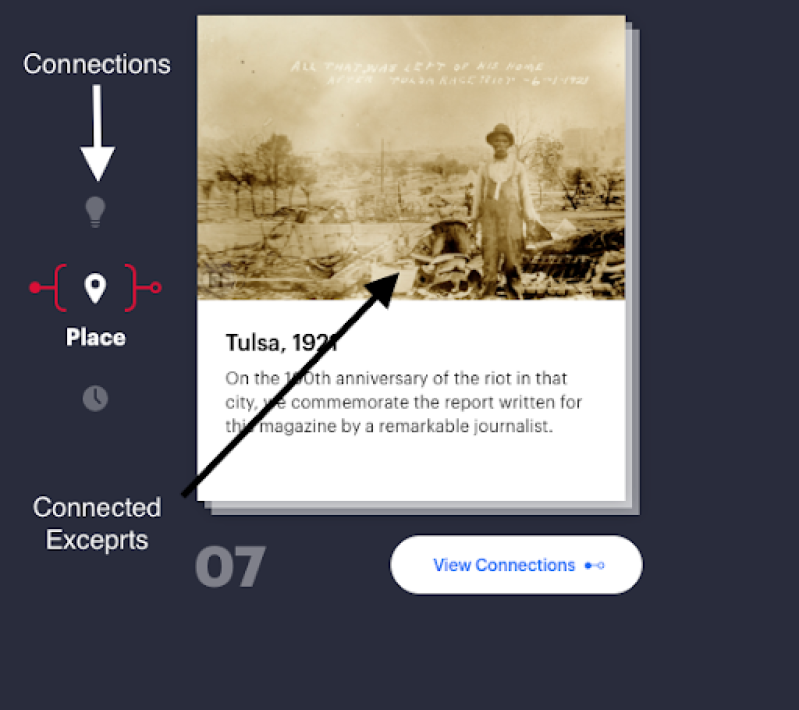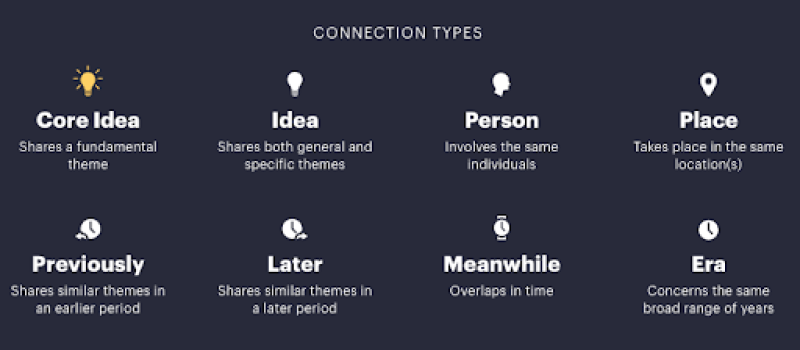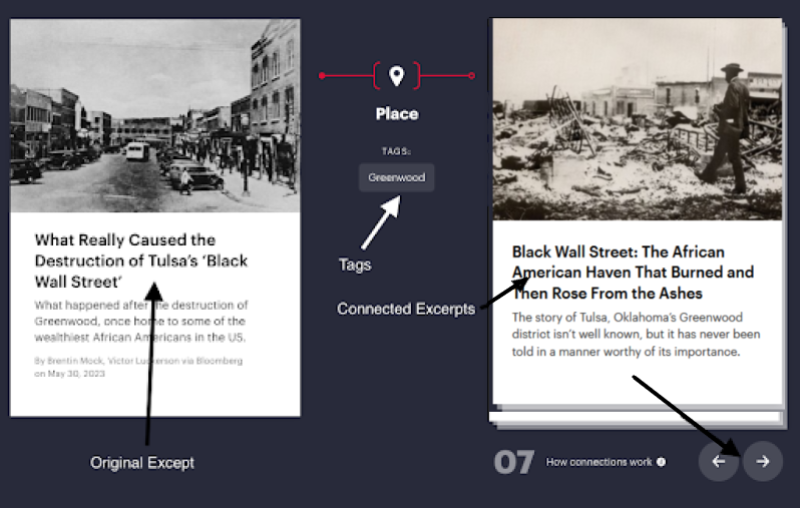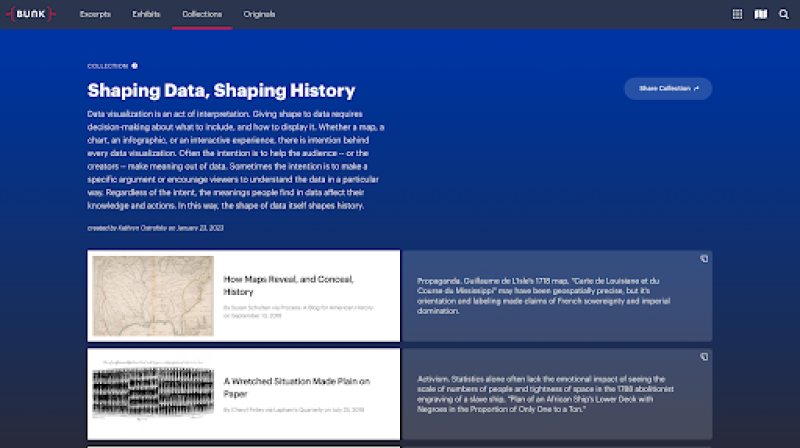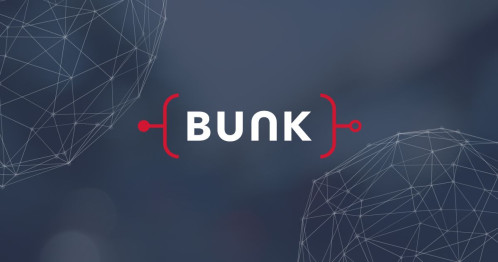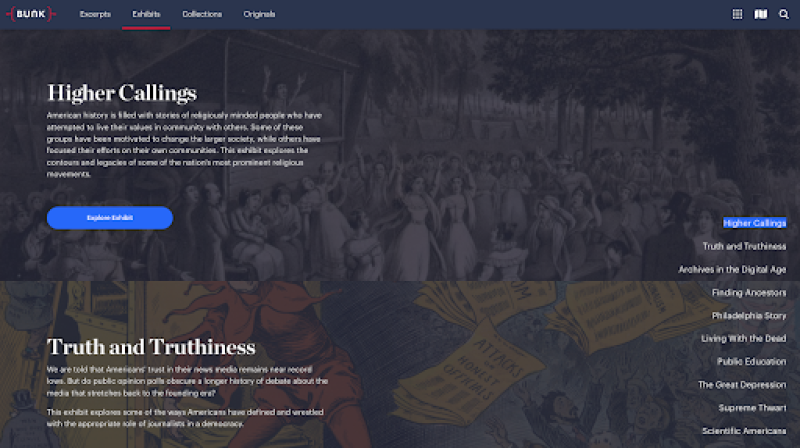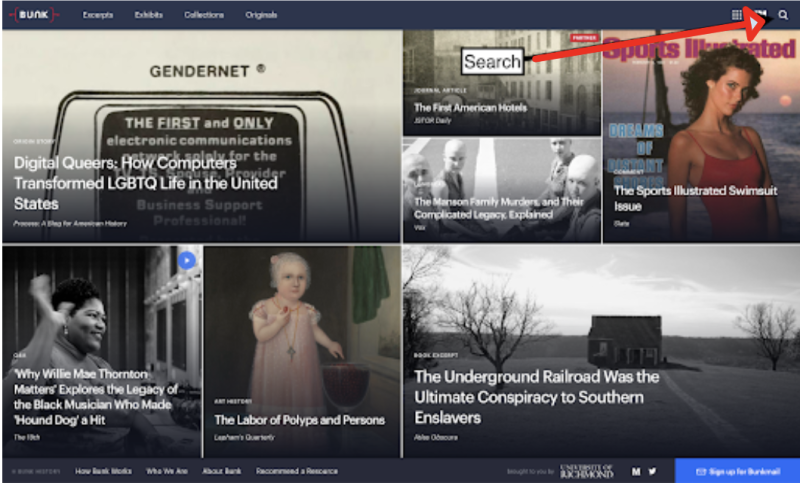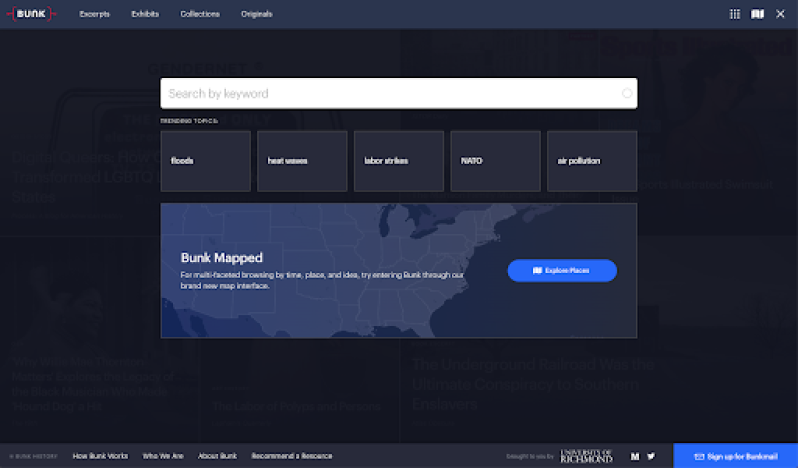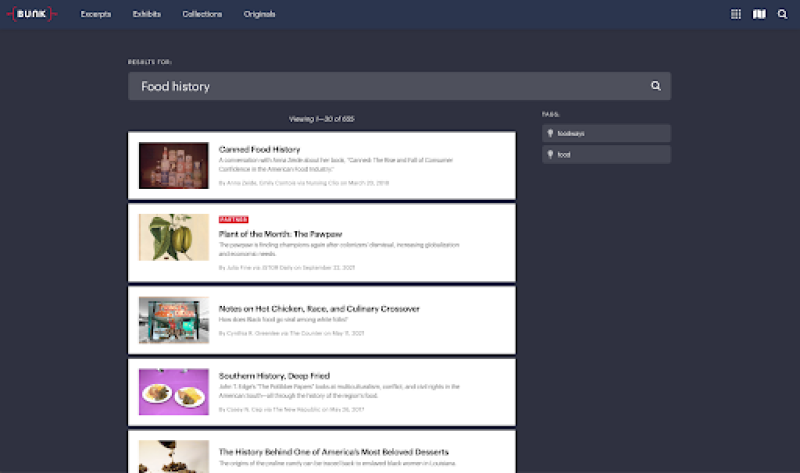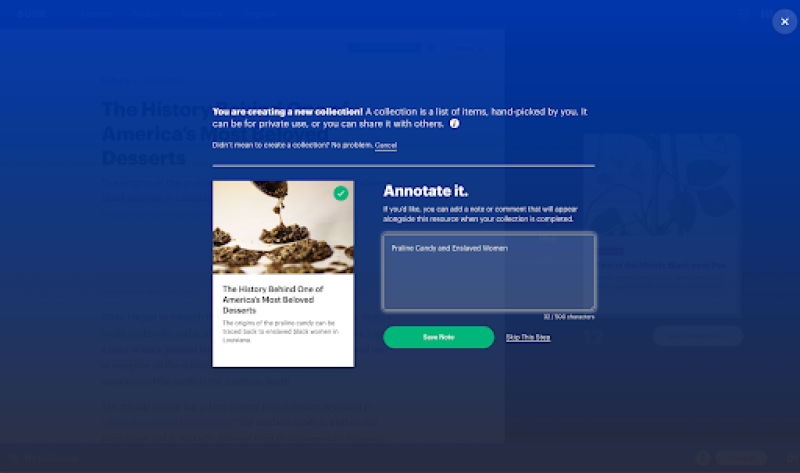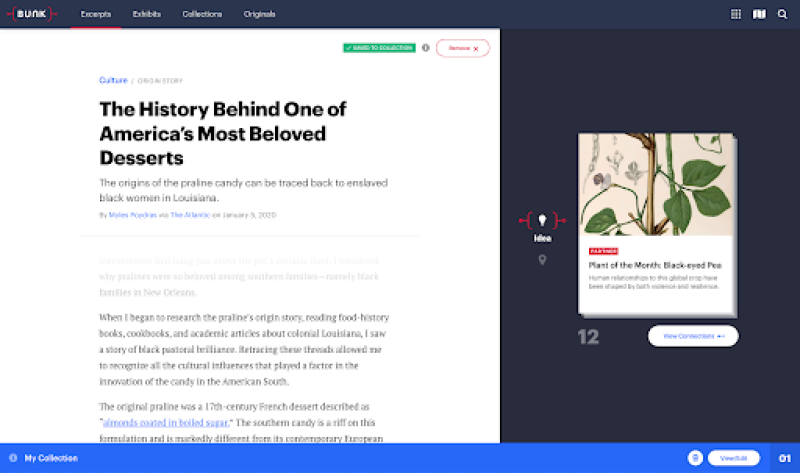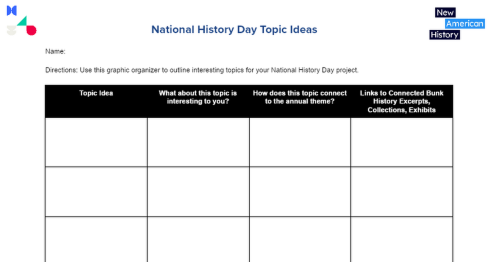This work by New American History is licensed under a Attribution-NonCommercial-ShareAlike 4.0 (CC BY-NC-SA 4.0) International License. Permissions beyond the scope of this license may be available at newamericanhistory.org.
Using Bunk to Explore and Organize Topics for National History Day
Read for Understanding
These Learning Resources use materials from Bunk History and the National History Day (NHD) program. Bunk History primarily hosts excerpts, videos, audio content, curated collections and exhibits, and a mapping feature, all designed to connect the present to multiple people, places, and events in American History. At the same time, National History Day allows for topics from all over the world. In this lesson, you will learn to use a website called Bunk to find topics that connect to other historical events and people across the globe. In that case, your teacher may need to work with you to narrow their search to terms such as “global,” “world stage,” etc.
Key Vocabulary
Aggregate - to collect or gather data from a variety of sources
Era - long and distinct periods of history with a particular feature or characteristic
Lense - a way of understanding and interpreting the past
Phenomena - something (such as an interesting fact or event) that can be observed and studied and that typically is unusual or difficult to understand or explain fully.
Subfield - a smaller, more specialized area of study
Engage:
What is National History Day (NHD)?
In this lesson, you will learn the qualities of a good historical research topic and how to use “Bunk History” to find new ways to think about topics you may want to explore through National History Day.
To begin, we need to answer an important question: What is National History Day (NHD)? According to their website, NHD asks students in grades 6–12 to choose a topic and dive deeply into the past by conducting extensive research in libraries, archives, and museums. They then present their conclusions and evidence through papers, exhibits, performances, documentaries, or websites. Students also have an opportunity to move through a series of contest levels where they are evaluated by professional historians and educators if they so choose.
View this video from the National Endowment of the Humanities that explains the history of the competition and other key details.
Either during or after you watch the video, complete the 321 Chart to capture your thoughts, ideas, and questions about National History Day. In it, you should record three important facts about the contest and the projects you can create, two ideas for a project or topic you might explore, and then one question you have that was not answered in the video. Additionally, consider the following as you watch the video:
- What topics and projects could you imagine doing yourself?
- What would you need to do to create one of these projects?
- Do you see yourself working independently or in a group?
After you have watched the video, your teacher will ask what facts about National History Day you recorded, what ideas you have after watching the video, and what questions you have that remain unanswered.
Your teacher may ask you to record your answers on an exit ticket.
Explore:
How do you determine what and how to research a topic?
The most important decision you will make for your National History Day project is your topic. According to National History Day, your topic should:
- Be narrow enough to dive deeply into research materials, analyze findings, and develop a strong historical argument.
- Hold your interest for weeks or months.
- Connect to the annual theme.
- Have allowed enough time to pass to become ready for historical research.
Before considering specific people, places, events, and phenomena, it is worthwhile to consider what aspects of history interest you to better refine what exactly you might be interested in exploring.
Make a copy of the NHD Topic Exploration Menu. This menu is meant to help you identify different subfields of history along with historical eras that might be interesting to you.
Next, your teacher will present the NHD Topic Exploration Slides to the class, perhaps sharing them with those learning in a virtual setting. Double-click the image of the menu to open up the Google Drawing feature. As your teacher moves through each slide, follow along as they introduce and explain different lenses, subfields, and eras that may be of interest to you.
If something is interesting, use the “Shape” tool to circle it.
Be sure not to circle everything; try to think about what excites you and topics you have a connection to or ones that spark your curiosity. On the other hand, do not be discouraged if none of these are interesting to you. There are many subfields, lenses, and eras that are not listed on the menu and you are just as encouraged to explore those (for example: popular culture, disability history, sports history, etc.). Have a conversation with your teacher and be open about your interests.
Your teacher may ask you to record your answers on an exit ticket.
Explain:
How can I use Bunk History to find a topic for National History Day?
Now that you have identified different historical lenses, subfields, and eras of interest to you, it is time to look for potential topics. One effective resource for this would be Bunk History, a website available through the University of Richmond that aggregates and connects interesting articles, opinion pieces, videos, maps, visualizations, and other digital material. Thus, Bunk can help you to find people, events, places, and phenomena that connect to your interests. Furthermore, it can help you find unique interpretations and opinions on different topics, which will help you to put your own twist on your National History Day project.
On the Bunk History homepage, you will see seven to eight different articles, videos, maps, or other content related to current events and topics. These change daily as new content is constantly added to Bunk. In the top left corner, you will see a toolbar with “Excerpts,” “Exhibits,” “Collections,” and “Originals.”
Select the “Excerpts” tab. Here you will find excerpts from newspapers, magazines, opinion pieces, book reviews, video and audio content, maps, and journal articles sharing multiple perspectives as published across the Internet. They can be sorted by how recently they were uploaded to Bunk or the date they were published (Sort By). The column on the left also allows you to refine the articles you are looking at by selecting Categories (Belief, Beyond, Culture, etc.), Content Type (Biography, Map, Social Media, etc.), or by creating a Time range where you only see excerpts from the earliest to latest years you select.
When you open an Except, you will see either some or all of the original source. You can access the original source (though not always the entire source) by clicking “View on…” at the end of the Excerpt.
On the right side of the Excerpt, you will see possible “Connections” between this Excerpt and others. This can help you to find other interesting interpretations and ideas related to similar topics.
Connections organize all of the content of Bunk into different categories so that related content can be more easily accessed. Those different Connection Types are listed below.
When you select a Connection and click “View Connections,” you are able to view multiple articles that are connected to the original Excerpt. By clicking the arrows underneath the connected Excerpt, you can view other Excerpts and access them by clicking on them. Additionally, you can see “Tags,” which are common search terms that again connect the Excerpts. If you click the Tag, such as “Greenwood” in the visual below, it will take you to a list of Excerpts that share that Tag.
For more information about Connections and Bunk, you may explore How Bunk Works, and the About page, linked along the bottom left side of the Bunk homepage.
Finally, you may be interested in exploring “Exhibits” and “Collections.” Going slightly out of order, “Collections” contains Excerpts from Bunk that have been grouped together by editors and users, such as “Shaping Data, Shaping History” by Bunk Archivist and author Kathryn Ostrofsky as seen below.
Similarly, “Exhibits” group Collections together into broader themes, such as “Native Pasts” and “Philadelphia Story.”
Elaborate:
How can I make my National History Day topic unique?
At this point, it is time to explore Bunk History and find excerpts that can give you topic ideas for your National History Day Project.
While you can start at the “Excerpts,” “Collections,” or “Exhibits” pages, it is recommended to do a search of the entire website. You can do that by clicking the search button shown below.
On the search screen, you can input keywords to find Excerpts and Collections that relate to what you are searching for. Start by using some of the historical lenses, subfields, and eras from your NHD Topic Exploration Menu (one keyword at a time). You can also start searching for people, events, places, and phenomena that you have started to think might be interesting.
In the example below, you can see a list of Excerpts that connect to the keyword “Food History.” To refine the search further, you can click on one of the “Tags” for a more specific search. When you find an interesting Excerpt, click to open it up.
When you find an Excerpt that gives you an idea for a National History Day topic, select the “Save to Collection” button in the left corner. Annotate the source with the topic idea. For example, in the visual below, the article “The History Behind One of America’s Most Beloved Desserts” is annotated with the topic “Praline Candy and Enslaved Women.” Click “Save Note.”
Continue to comb through Bunk History and find as many Excerpts as you can to give you a wide variety of different topic ideas. To view all of your currently saved Excerpts, click “View/Edit” at the bottom right corner of the Bunk homepage window. Note: you must save/finalize your collection before you close the tab, or your Collection will not be saved.
Your teacher may ask you to record your answers on an exit ticket.
Extend:
Is my topic clearly defined and ready to research?
After you have finished putting together your collection of Bunk excerpts, it is time to begin considering topic ideas for your project. Make a digital copy of the NHD - Bunk Topic Ideas graphic organizer or use the one provided by your teacher.
Review the excerpts from your collection and identify three to four different ideas for topics. Remember that these should be specific topics, not subfields of history or areas of interest. For each topic, clearly state the idea, why it is appealing to you, its connection to the annual theme, and links to Bunk History Excerpts, Collections, and Exhibits that connect to the topic.
Next, you and your teacher will use this graphic organizer along with your Bunk History collection to make a final decision on your National History Day topic.
Your teacher may ask you to record your answers on an exit ticket.
Citations:
Andrew Bedell and Erin Sullivan, “NHD Topic Exploration Menu,” https://drive.google.com/file/d/1NlgMQDbk8O5xb7_hfTQqFf_ILjauXU-s/view?usp=drive_link.
Kathryn Ostrofsky, "Shaping Data, Shaping History," Bunk History, last modified January 23, 2023, https://www.bunkhistory.org/collections/q7fffk.
Brentin Mock and Victor Luckerson, "What Really Caused the Destruction of Tulsa's 'Black Wall Street,'" Bunk History, last modified May 30, 2023, https://www.bunkhistory.org/resources/bloomberg-are-you-a-robot-15.
National History Day, National History Day Contest Rulebook, June 22, 2020 ed., https://nhd.org/wp-content/uploads/2022/10/NHDR.
National History Day, “About National History Day,” https://nhd.org/en/about/.
Myles Poydras, "The History Behind One of America's Most Beloved Desserts," Bunk History, last modified January 5, 2020.


